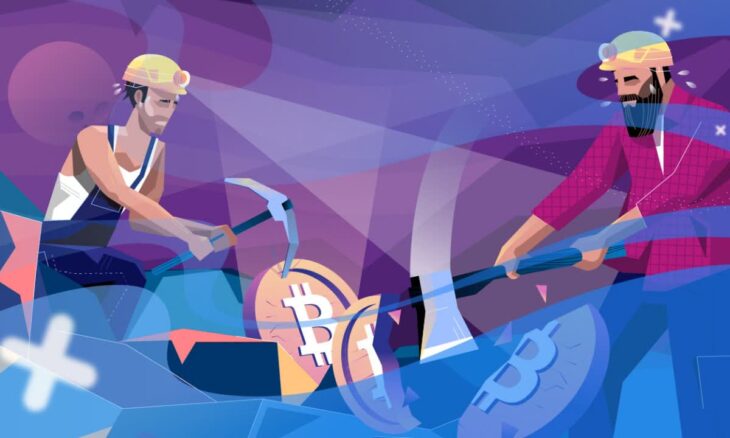WHAT IS BITCOIN HALVING?
Today we are going to tell you everything you need to know about Bitcoin halving.
- How did halvings affect the price and what will happen in 2148 when the last bitcoin is mined?
- You will learn about why halving was needed in the first place and how it works.
In fact, “halving” means a reduction of rewards for miners (by 2 times).
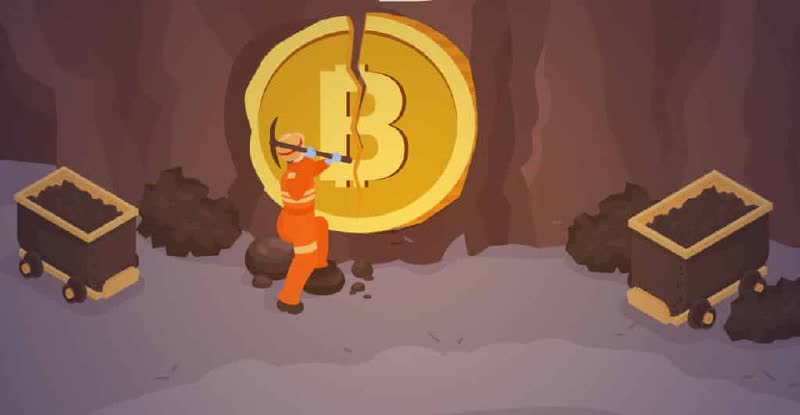
For a more detailed acquaintance with this term, we must first figure out who the miners are, how exactly they mine Bitcoin, and why the coin issuance system works the way it is.
The creator of Bitcoin Satoshi Nakamoto (or whoever is hiding behind this pseudonym) at the very beginning of the creation process was faced with a question regarding the issue and distribution of coins.
He needed to understand who, how and in what volumes would receive new Bitcoins, and the problem was that traditional options (with the participation of controlling parties) were unacceptable due to the very philosophy underlying the “Bitcoin blockchain” protocol.
The solution was a mechanism that is now called "mining".
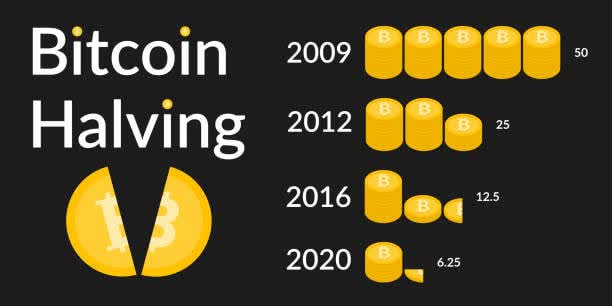
We talked about it in more detail in our other articles, but in short, it goes like this:
In traditional financial systems (such as Mastercard, for example), payment processing is carried out centrally – using powerful company servers.
For Bitcoin, this is unacceptable, of course, but transactions must be carried out in one way or another, their validity must be confirmed to make sure no one hacks the system.

All this is done by the miners – the participants in the system, who, using their equipment, collect transactions into blocks and then add these blocks to the blockchain, ensuring the reliability, decentralization, and security of the Bitcoin network.
For carrying out all these operations and ensuring the stable workflow of the blockchain network, miners get their reward.
For adding each new block to the blockchain, they are entitled to a certain amount of Bitcoins.
Thus, the stable operation of the system is carried out. A streamlined production process ensures stable production and release of new coins that go to miners.
So, the new Bitcoins are a reward for miners mining blocks on the Bitcoin blockchain.

In addition, miners also receive commissions for transactions, which depend not on the amount, but on the weight of the transaction.
It is these commissions, as conceived by Satoshi, that will allow miners to continue to support the network even when all Bitcoins are mined.
How come, you may ask?
Well…At the very beginning of Bitcoin’s existence, this reward was equal to 50 coins per block.
But Nakamoto created a certain rule according to which, every 210,000 blocks (or roughly every 4 years), the reward will be halved.
Hence – “HALVING”.
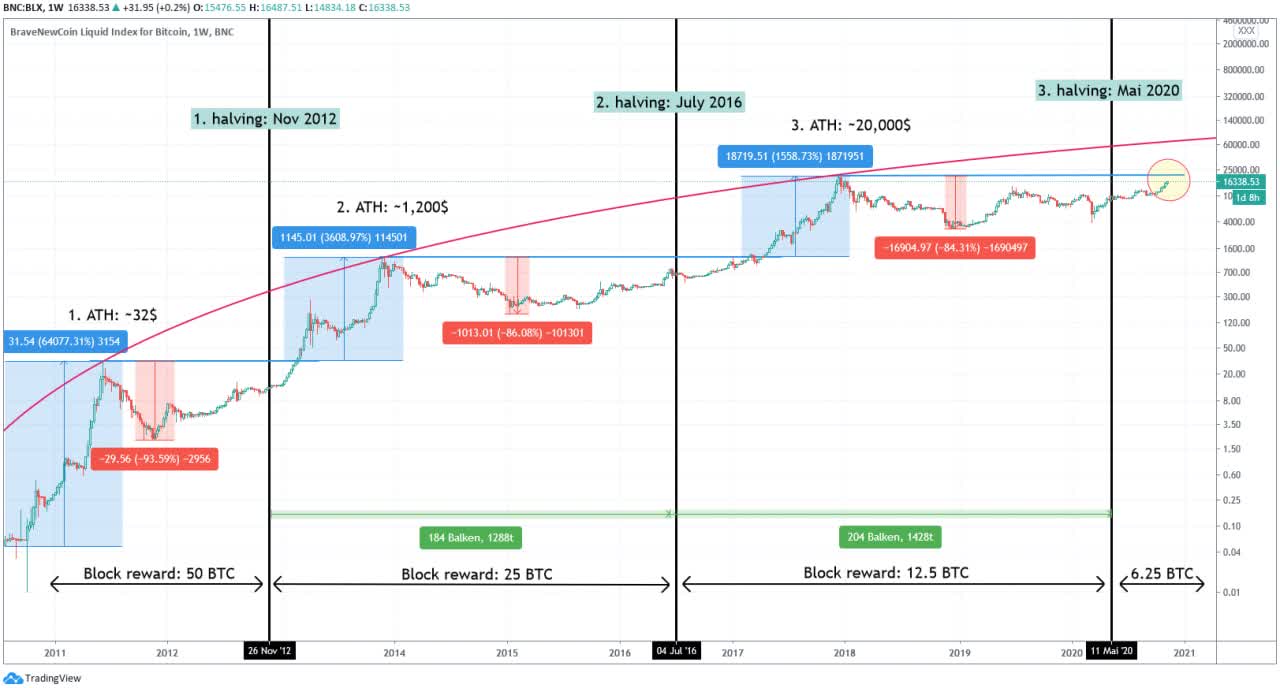
Chronology of the first halvings
The first halving took place on November 28, 2012, when block number 209,999 awarded the miner a reward of 50 coins, and the next block number 210,000 rewarded the miner with 25 coins.
The second halving took place on July 9, 2016, when the reward was reduced to 12.5 bitcoins per block.
This reduction will continue on a regular basis until 2140 when it is estimated that the last Satoshi will be mined and no more coins will be produced.
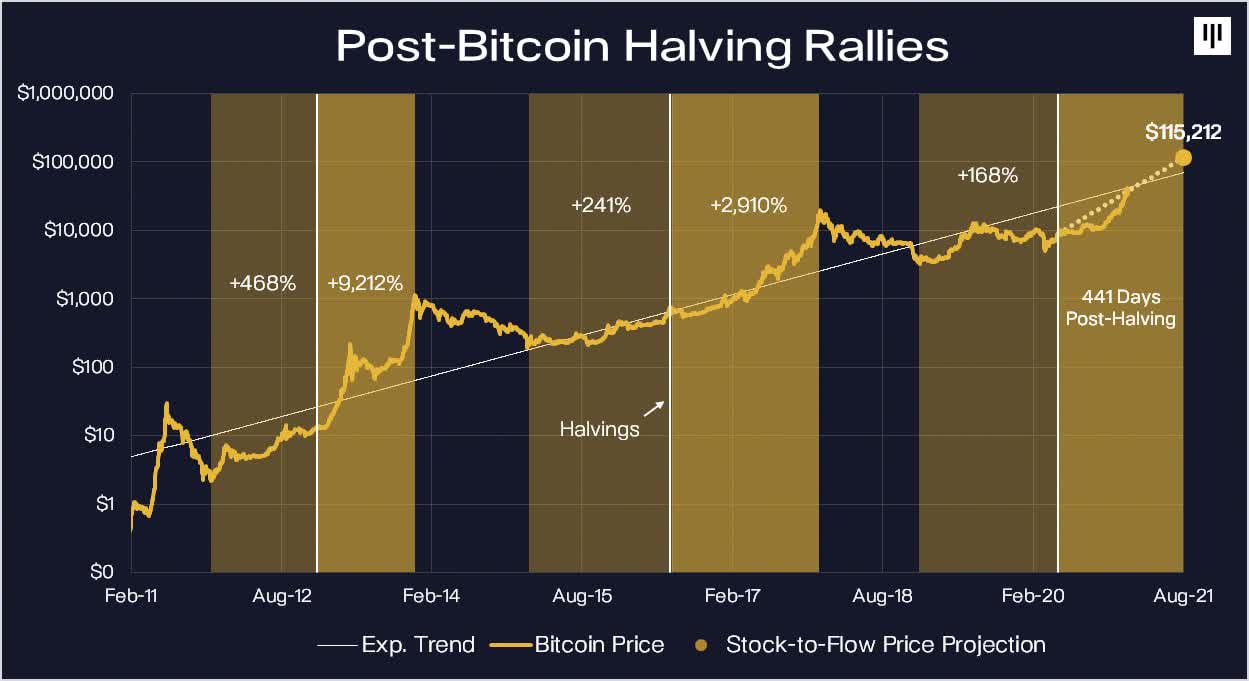
But why not set the reward
at a certain level?
Why complicate monetary policy?
The answer to these questions is the law of supply and demand (and the ratio of stock to flow).
If coins are created in unlimited quantities, their value will naturally decrease, since scarcity is a fundamental property of hard money.
The main reason for halving
is to control inflation
This is the main difference between the monetary policy of Bitcoin and the monetary policy of fiat currencies.
The fact is that the emission of fiat currencies is controlled by central banks and, as a result, is unpredictable.
As a result, the value of each unit of currency (also called “purchasing power”) falls.
Bitcoin, on the other hand, was designed to mimic a rare commodity such as precious metals (for example, gold), and as a result, its rarity surpassed that of gold – the ratio of Bitcoin stock to their flow exceeded that of gold.
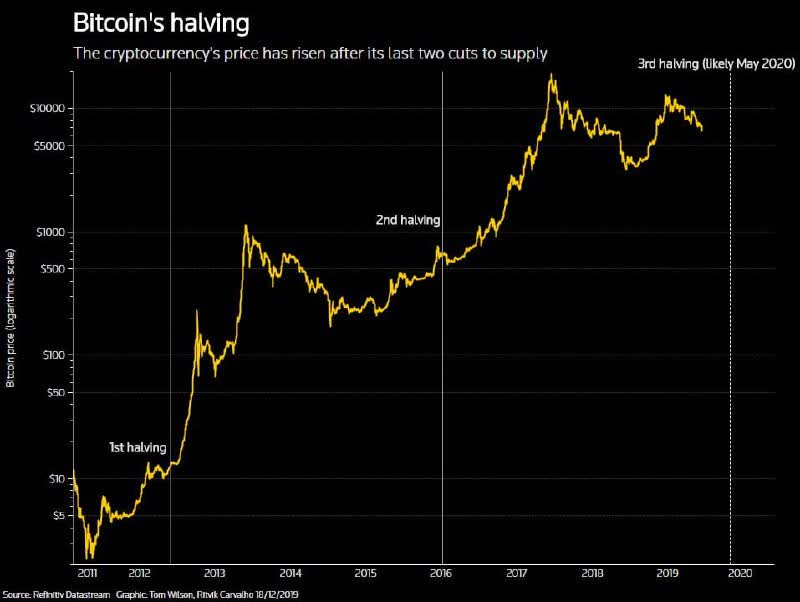
The idea is that with the production of each subsequent unit of goods, the complexity of the production of the next unit conditionally grows, thereby increasing the rarity of units in circulation.
It is because of the increasing complexity of mining and, as a result, limited supply – gold has retained its value as a store of value for over five thousand years.
The idea behind Bitcoin is to achieve consistent results.
The most frequently asked question related to halving is "how will this event affect the value of my coins?"
It is difficult to answer this question for sure, due to the unpredictability and super-volatility of the cryptocurrency market, but if you look at the dynamics of Bitcoin’s growth globally, it becomes clear that after a certain time after the halving takes place, the asset price reaches its peak… after which a downtrend begins.
Then Bitcoin reaches a lower price mark (it is important to note that they always remain above the previous ones) and then…it all repeats itself again.
While previous events can help you understand what might happen, you cannot rely entirely on history.
Since the past halvings,
we have witnessed many events.
Increased influence of the media, FUDs, ICO mania (which was replaced by the popularity of Launchpads and Launchpools), an incredible rise in the price of Bitcoin (up to an “all-time high” in April 2021), the launch of futures trading on Binance, access to trading for institutional investors, the rise of decentralized sectors and “coin farming” platforms, shit-coin mania, tokenized shares – all of this had an impact on Bitcoin.

in the cryptocurrency market
We are already dealing with a completely different type of asset, or rather, with an asset that has new properties and is perceived differently by society.
Verdict
The bottom line here is that Bitcoin was designed to be valuable.
In total, 21 million BTC will be produced, and with each halving, its value as a monetary commodity will strengthen and grow.
The inflation of Bitcoin’s monetary system is controlled by slowing its production through halving.
This is the whole essence of halving in a nutshell.



